Deulghata – A wonderful place to explore
Around 18km from Purulia town, on the banks of the Kangsabati river, stands Deulghata, a wonderful place to explore on a spring weekend. The settlement owes its name to its deul-styled temples, inspired by Jainism that once had a firm foothold in the region.
In 1870, British engineer John Beglar conducted a survey of the archaeological ruins in the Manbhum area (out of which Purulia was carved out), during which he found several dilapidated Jain temples and artefacts at Deulghata.
Most of the temples were intricately crafted with bricks and baked soil. The expertise of the artists added a new dimension to the places of worship.
Brickwork with stucco is the USP of the temples, most of which are in ruins now. The stucco features scrolls with geese and foliage as the main motif. The works bear resemblances with temple art from the Pala-Sena period.
The Deulghata temples were so captivating that in a report published in 1909 in theImperial Gazetteer of India, the art on them were compared with those on the famous Buddhist temple in Bodhgaya. This rich heritage is crumbling because of our neglect. Only three temples still stand in the quaint settlement.
There is no trace of many of the other temples that must have existed. The basements and roofless walls of some can still be seen.
Parts of one of the temples collapsed recently during a spell of rain. The three that survive have lost their amalaka — the carved crown on temples built in rekh-deul style.
The first temple is more than 60ft tall and has a 24sq ft base. It is a testimony to the distinctive features of Deulghata temples. The deep influence of the Odisha school of temple art is apparent.
The embellishments on the temple have been made with lime and red brick. The entrance is triangular.
The scroll-work on the side betrays influence of art from the Pala-Sena period. Floral designs and Hindu and Jain symbols can be seen on the walls.
The second temple is almost a replica of the first. A small image of Ganesh is distinguishable inside. There are also images of divinities similar to figures in the Nepali Hindu paintings.
The third temple is in a shambles. A water jet outlet in the shape of a crocodile is its most striking feature.
Ruins of the other temples are in the vicinity. A stone slab found in one of these and the characters inscribed on it give us the impression that the temples were built in the ninth or the 10th centuries.
Several stone statues, mostly of Hindu gods and goddesses, had been found in the area. Some of them are on display in a small room next to the brick temple.
Besides the temple the view of the lush green surroundings will also make the tourists happy.
The marvellous view of the rocky landscape against a green background can be enjoyed by climbing the hill-top temple. A rickshaw ride will take us to the Joypur station.
How to go?
Deulghata is 16km from the district headquarters of Purulia. The nearest station is Joypur. Purulia is connected with Kolkata by trains like the Rupashi Bangla Express, Howrah Purulia Express and the Adra Passenger. The journey takes about four hours. By road, it takes about six hours.
Where to stay?
There is no proper accommodation in Deulghata. Purulia town has modest accommodation options and good eateries. Hotels with AC rooms are available. From there a car can be hired. Early morning is preferable to start for Deulghata. Food and water is a must to carry.

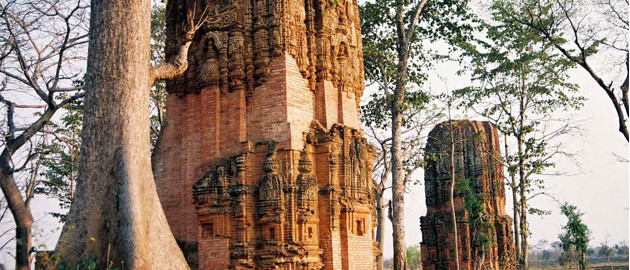
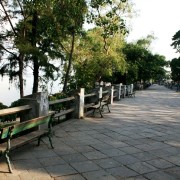
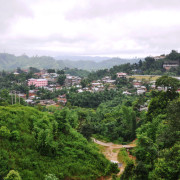
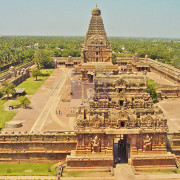
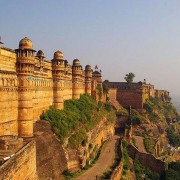
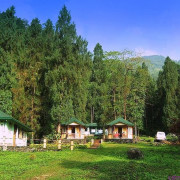
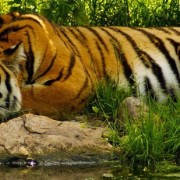
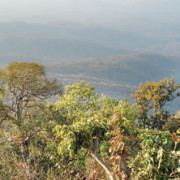
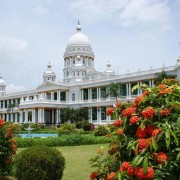


Leave a Reply
Want to join the discussion?Feel free to contribute!